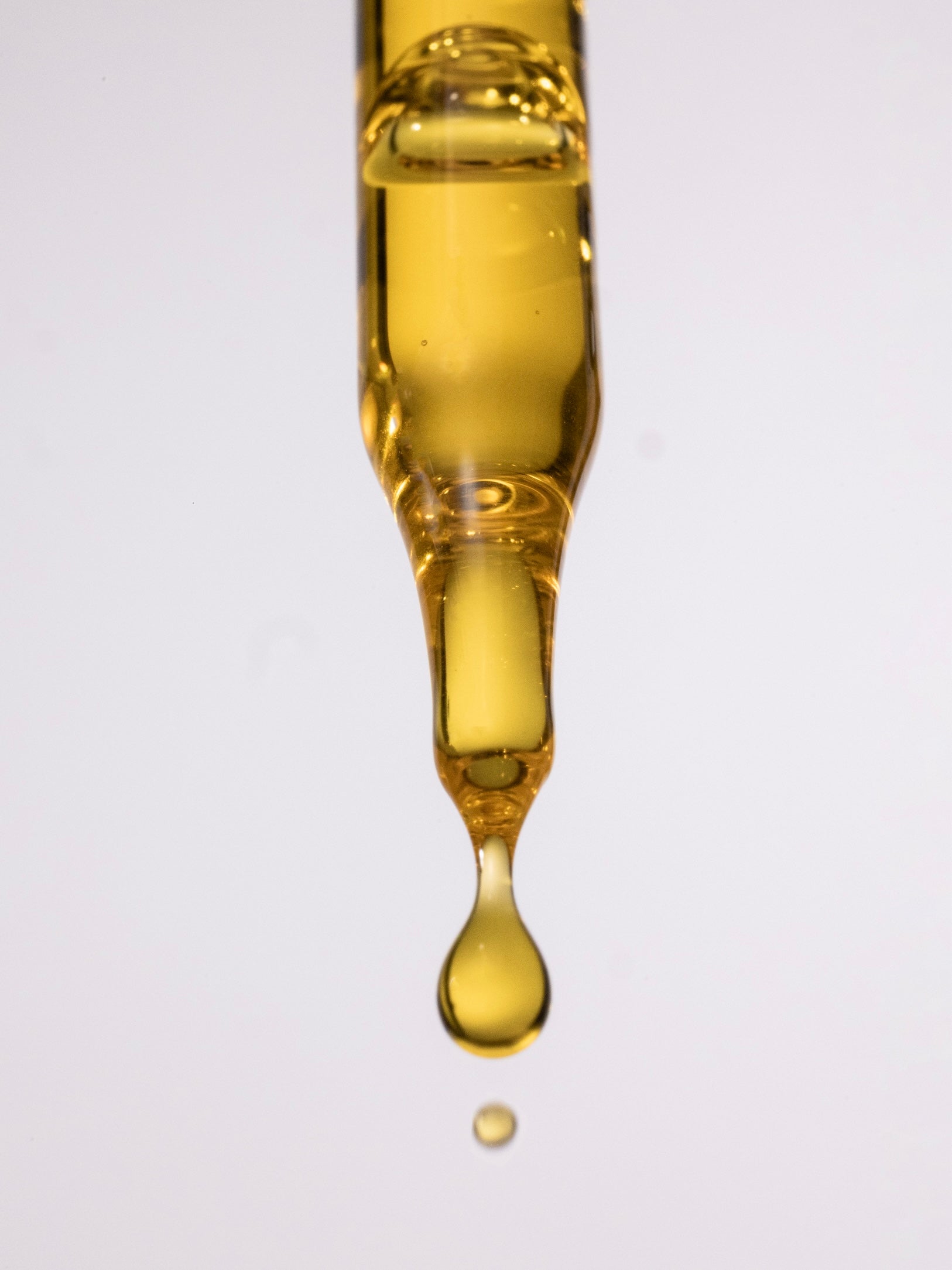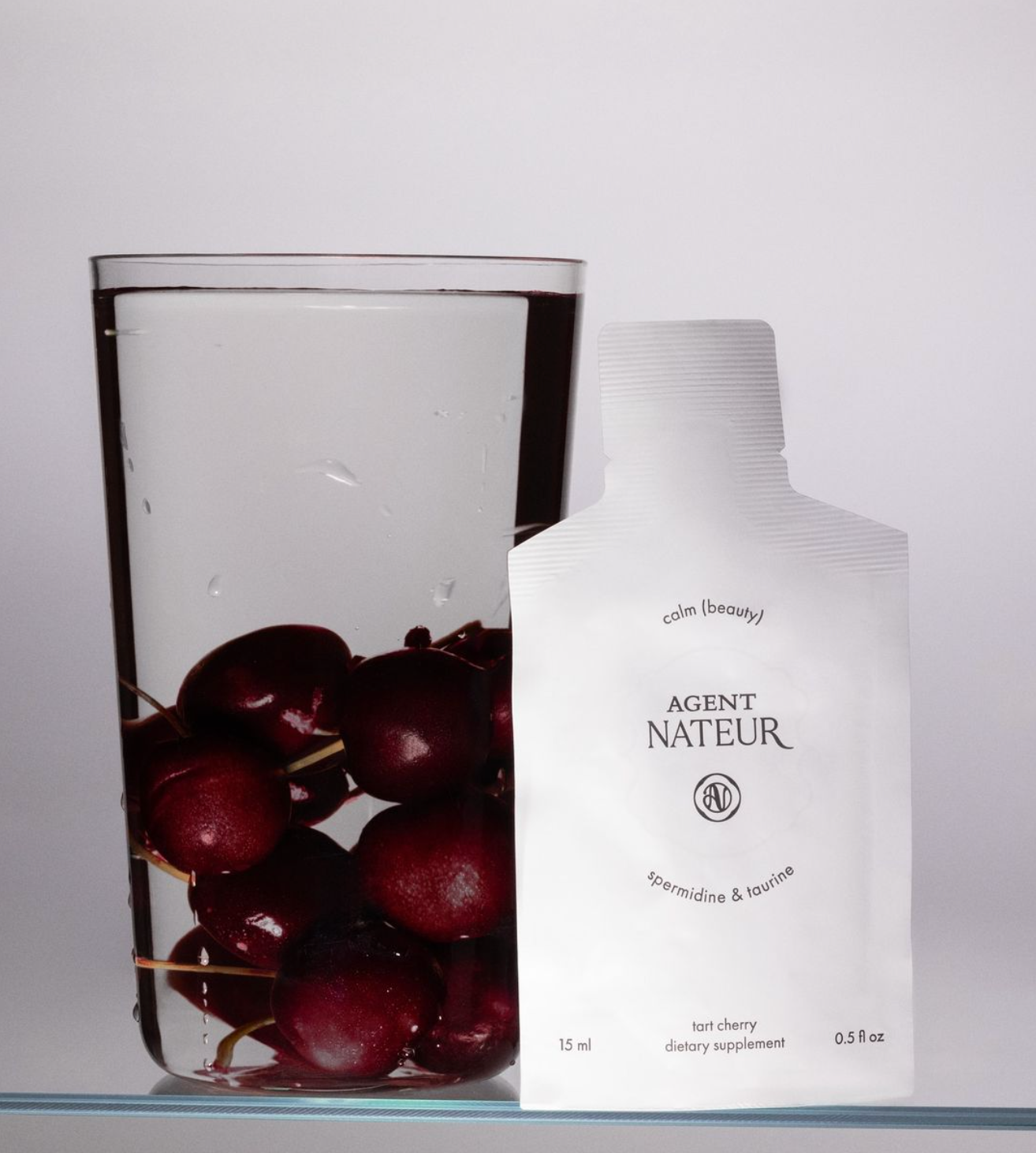Does Your Chocolate Contain Heavy Metals Like Lead And Cadmium?

- Polyphenols, an antioxidant found in plants that help scavenge free radicals. They are known to reduce inflammation, increase blood flow, lower blood pressure, lower cholesterol and lower blood sugar levels.
- Flavonoids, found in plant pigments, these molecules improve the effects of antioxidants. They are associated with skin protection, reducing cognitive decline, improving mood, depression and anxiety. Also improves heart function and reduces the risk of cancer. Bitter dark chocolate that has not been alkalized holds the highest form of flavonoids as they are reduced by 60% otherwise. (“Dutch” (alkali) processing of cocoa powders destroys much of the flavanols).
- Micronutrients, trace elements that include minerals such as fluoride, selenium, sodium, iodine, copper and zinc. As well as vitamins such as vitamin A, B, C, D, E, and K. They are necessary in small amounts for optimum immune and brain function as well as potent disease preventers that help in hormone production, aid in bone mineralization and synthesize DNA.
- Theobromine, a bitter alkaloid compound derived from cocoa and tea leaves. It is know to possibly aid in heart, respiratory and excretory systems by activating enzymes that may reduce inflammation, improve cholesterol and remove toxins. As well as strengthens tooth enamel, lowers blood pressure and aids in cognitive function. (Warning: this is the ingredient that is considered toxic to pets in chocolate due to its similar stimulating effects that mimic caffein).
Lead Toxicity: Constipation, Nausea, pain in Abdomen and Joints, Headache, Memory Loss, Irritability, Fatigue, Kidney Damage, Central Nervous System problems, high blood pressure, Carpal Tunnel and Auto Immune symptoms. Lead heavily impairs kidney and liver detoxification. Lead can stay in the blood for several months and is stored in the bones for up to 30 years, usually released at 60 years old when bones are brittle. Other conditions that cause early release of stored Lead is pregnancy, stress, hormonal problems and hyperthyroidism.
Cadmium Toxicity: It targets the body's Cardiovascular, Renal, Gastrointestinal, Neurological, Reproductive, and Respiratory systems. Also known to cause Cancer. Cadmium is absorbed in Bone, Pancreas, Adrenal, Placenta, Liver and Kidneys.
Research shows that lead contamination has been recognized as early as 1820 when a British study found the poison in London chocolates. While recent testing documents lead content in chocolate and candies to range anywhere from 21 ng/g to 1,920 ng/g. Children absorb 50% of lead through their bloodstream and ingesting about one microgram a day on a continued basis can severely affect them. With an average of 2 micrograms of lead in every 25 grams (1/4 cup) of chocolate daily and most brands containing 5 times the legal limit of Cadmium, heavy metal built up concerns may be valid for those consuming chocolate on a daily basis.
- High Fructose Corn Syrup (GMO corn) may be linked to diabetes, heart disease, inflammation, and obesity.
- Soy Lecithin (GMO soy) may be linked to allergies, estrogen dominance, inflammation. Look for Organic Soy Lecithin, sunflower lecithin or cocoa butter instead.
- Artificial Colors linked to cancer, inflammation, allergies, and behavioral changes. Look for natural colors such as turmeric, beets, and berries.
- Artificial flavors (MSG, soy, yeast) linked to depression, dizziness, chest pain, headaches, fatigue, allergies, and brain damage.
- PGPR also known as Polyglycerol polyricinoleate, an emulsifier (derived from castor and soy beans, GMO) made from glycerol and fatty acids to reduce viscosity. May be linked to gastrointestinal inflammation and allergic reactions.
- TBHQ also known as tert-Butylhydroquinone is a synthetic antioxidant that is added to foods to prevent or delay oxidation. May be linked to vision disturbances, liver enlargement, neurotoxic effects, convulsions and paralysis.
- Vanillin is a synthetic, cheap and unhealthy alternative for real vanilla extract that is made from eugenol or guaiacol, petrochemicals which may often be derived from crude oil. A small amount of synthetic vanillin can be produced from lignin waste (a by-product from the wood pulp industry). May be linked to migraines, allergies, inflammation, dermatitis, asthma and weight gain. Look for 100% pure vanilla extract as an ingredient instead.
- Carrageenan is derived from seaweed and although is a natural source it may be destructive to the digestive system. May be linked to ulcerative colitis, Colon cancers, and diabetes, this ingredient causes an immune response similar to that of food poisoning.
- Sugar substitutes such as sorbitol, aspartame, saccharin, sucralose, acesulfame, neotame and adventame are all chemical sugar substitutes made from hydrogen and chlorine atoms, bacteria feces, GMO e-coli, glucose, fructose and more. May be linked to MS, Lupus, Cancer, Neurological disorders to name a few, these toxic chemical should always be completely avoided. Look for other natural sweeteners such as Stevia, Monk Fruit, Honey, Date sugar, Coconut Sugar and Maple Syrup instead.
A great way to reduce heavy metals leaching into your system is to consume chocolate along or with the addition of natural heavy metal removers such as:
- blueberries
- citrus (citrus pectin)
- ginger
- honey
- maple syrup
- matcha (green tea)
- bananas
- apples
*THESE STATEMENTS HAVE NOT BEEN APPROVED OR REGULATED BY THE FDA. WE ARE NOT DOCTORS, THEREFORE ALWAYS CONSULT WITH YOUR DOCTOR FIRST.





